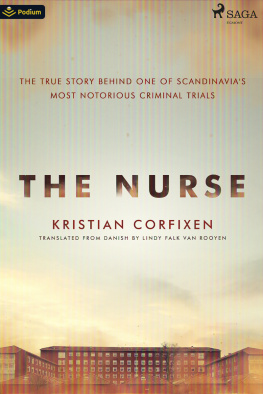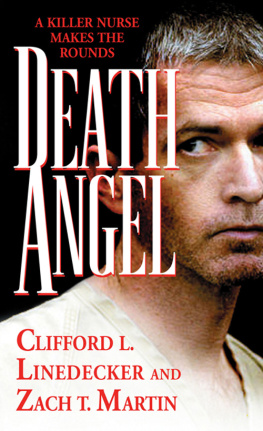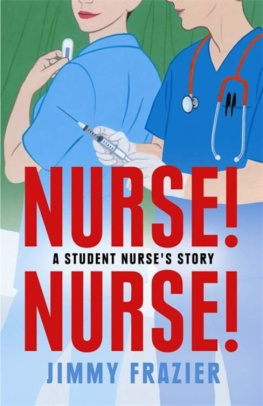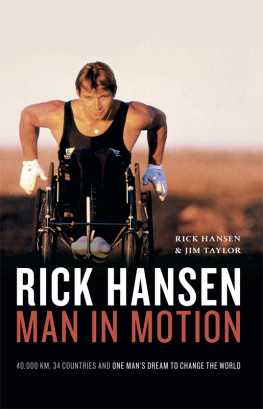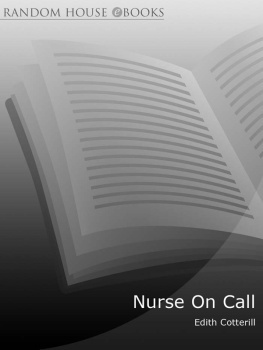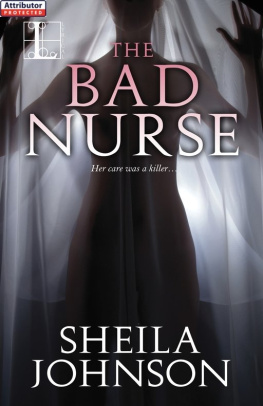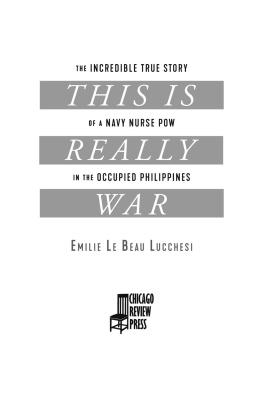Pagebreaks of the print version

THE
NURSE
THE TRUE STORY BEHIND ONE OF SCANDINAVIAS MOST NOTORIOUS CRIMINAL TRIALS
KRISTIAN CORFIXEN
Translated from the Danish by Lindy Falk van Rooyen
All rights reserved. No part of this publication may be reproduced, stored in a retrieval system, or transmitted in any form or by any means electronic, mechanical, photocopying, recording, or otherwise without prior written permission from Podium Publishing.
Copyright 2019 by Kristian Corfixen
English translation copyright 2022 by Saga Egmont
Cover design by Podium Publishing
ISBN: 978-1-0394-2048-9
Published in 2022 by Podium Publishing, ULC
www.podiumaudio.com
FOREWORD
I am not a nurse. Nor was I at any point present when Christina Aistrup Hansen worked at Nykbing Falster Hospital.
Nonetheless, I have taken the liberty of describing in detail a protracted series of events that occurred in her years at the hospital. I have done so based on over three thousand pages of documentation concerning the murder case against the nurse. This documentary evidence primarily consists of materials that have been revealed or otherwise made available to me upon application in my professional capacity as a journalist: patients medical charts, coroners reports, forensic analyses, text messages and mail correspondence, expert reports, court transcripts, medical lists, screen printouts from the hospitals IT systems, photographs, witness statements and police reports. This materialat least the bulk of ithas not previously been available to individuals other than the police, the legal courts and the parties to the case.
In my endeavour to describe what happened in Nykbing Falster, the police interview reports have been particularly significant. I was granted access to over a hundred witness statements from the hospital staff, who helped to solve the puzzle underlying the legal proceedings against Christina Aistrup Hansen. More than seventy people testified in a court of law. The narrative in this book is based on their explanations as well as interviews with over fifty persons connected to the case. The witnesses who contributed to the narrative are nurses, doctors, experts, lawyers, employees of the police force, as well as family members and acquaintances of the principal actors in the case, and the next of kin of the victims. Not least of these is Christina Aistrup Hansen, whom I visited in prison on several occasions. I have also had detailed conversations with the key witness in the case, the nurse Pernille Kurzmann Larsen, whose testimony was the reason that the police began to investigate the suspicious deaths at Nykbing Falster Hospital in the first place. Her testimony had a particular significance for the ultimate conviction of her colleague on multiple charges of attempted murder.
Almost without exception, all the nurses from Nykbing Falster Hospital whom I contacted asked me from the outset and with obvious reluctance: from whose side do you intend to describe the case?
Every time I answered: from both sides.
Because there are two sides; two camps, if you will. In the first are those who, to this day, believe that Christina Aistrup Hansen is innocent and has been unlawfully convicted by two courts of law. They are convinced that the nurse is a victim of gossip at a provincial hospital. The other camp comprises those people who have no doubt that the nurse took the lives of patients on her shiftsperhaps even more patients than the four deaths for which she is currently serving a prison sentence.
It is important to emphasize that neither Christina Aistrup Hansen nor Pernille Kurzmann Larsennor anyone else, for that matterhad any influence over the way I have chosen to describe or highlight the incidents appearing in this book. And no one has been offered any payment nor a right to edit what I have written if they agreed to talk to me.
In other words, this book is the product of the standard methods of professional journalism. As much as possible I have tried to fact- and cross-check the information presented to me by my sources. If I came across something that was contradictory or incompatible with other information in documents or similar materials, such testimony has been omitted if it is not relevant to the case. In this book I have also drawn attention to any instances where a situation appears to strain the truth. Similarly, I have drawn the readers attention to any testimony which the police have not been able to confirm or deny, despite their extensive investigations and endeavours to do so.
That said, I know there will be readers of this book who will form a different view of one or several things that are described in these pages. Many people have an opinion about the nurse case, as it was dubbed by the media. Not even a conviction in the Magistrates Court and the High Court in Nykbing Falster has been able to alter the fact that this case is steeped in numerous home-baked theories, and during my journalistic investigation I encountered many people who have based their understanding of the case on a completely skewed or distorted conception of what this is in fact about. Perhaps this is because they have only read the headlines, or two or three of the thousands of articles written about it, and have joined the discussion on this limited basis ever since. Or perhaps they heard something from someone who knows someone who once knew someone. It is my hope that this book can contribute to a coherent, sober and more comprehensive report on one of the most notorious murder cases in Danish criminal history.
The nurse case has had significant and wide-ranging consequences which are not limited to the four patients for whose deaths Christina Aistrup Hansen was found guilty on charges of attempted murder. There are colleagues at Nykbing Falster Hospital who are still struggling to come to terms with feelings of guilt for not having acted on their suspicions earlier. There are the loved ones of the patients who were unwittingly drawn into a murder case whilst lying defenceless in beds within an institutional healthcare system to which we ordinarily entrust our health, safety and welfare. There are two parents who in the many years to come must visit their daughter in a prison. And there is an eleven-year-old girl who has lost her mothers presence in her daily life.
The nurse case is tragic in every way you look at it. Even more so in light of the fact that it harmed others for so long before anyone reacted. It is my hope that this book can help to ensure that we do not forget this caseso that we may learn from it.
Kristian Corfixen
Copenhagen, January 2019
CHAPTER 1
O perations Control Centre received the call at four minutes to midnight. A female doctor from Nykbing Falster Hospital was on the line reporting a death which on her initial assessment could not be explained. The call was entirely standard procedure: according to Danish law, a doctor must always inform the authorities when one of their patients suddenly dies without any immediate and plausible explanation apparent from the patients medical chart. This was the case with Arne Herskov, the patient whom the doctor had declared dead a little over two hours ago, as she said on the phone.

